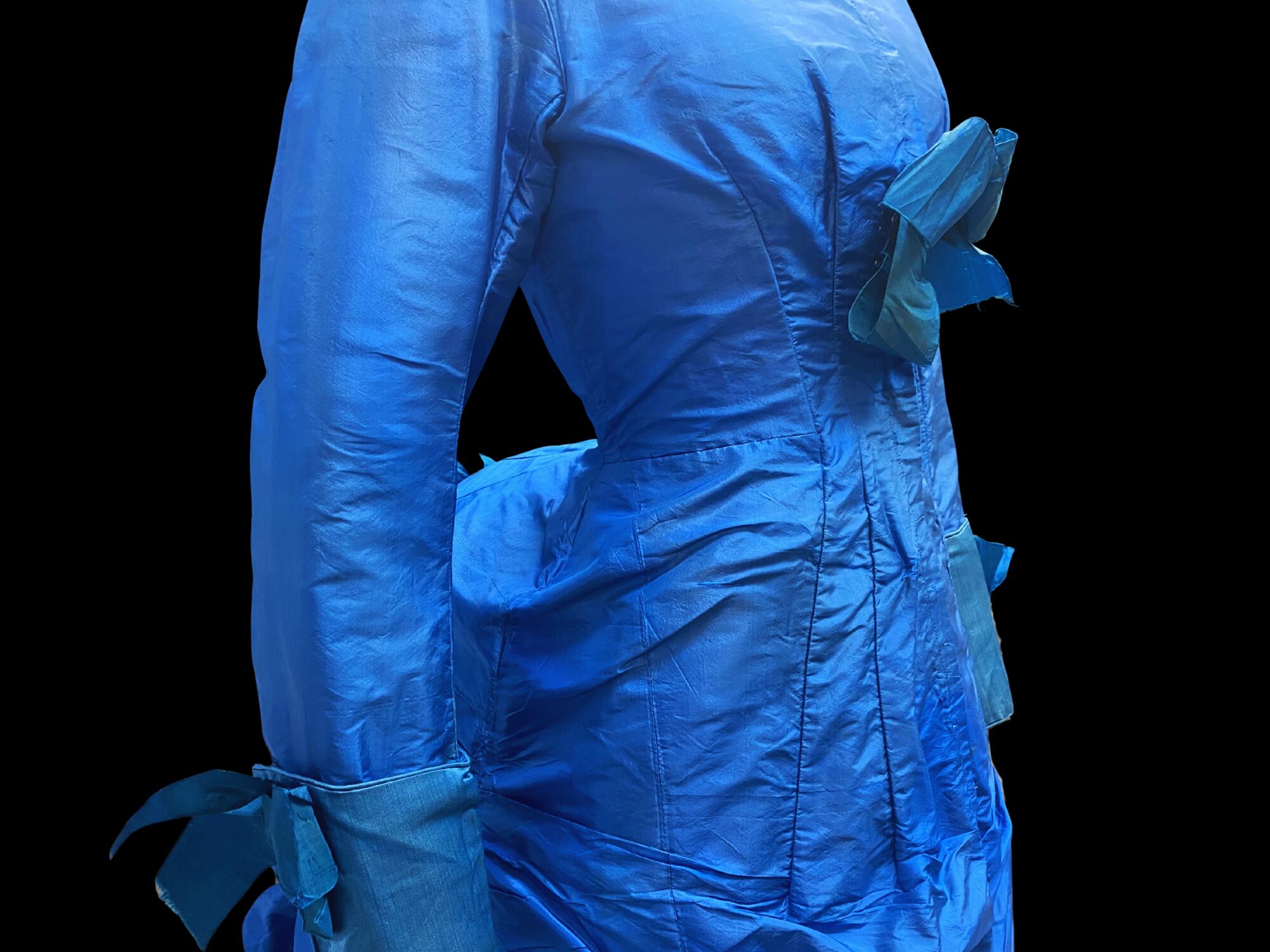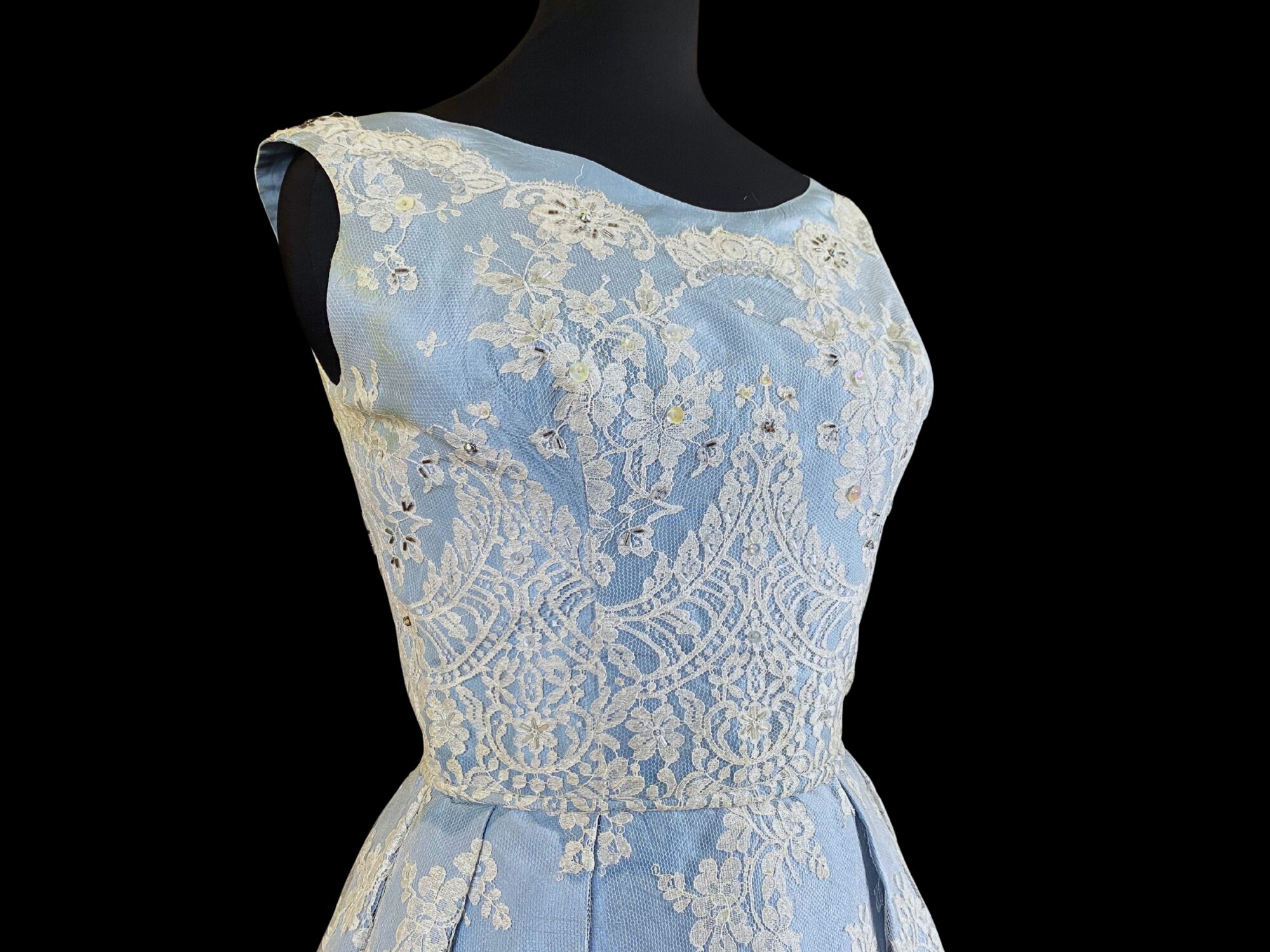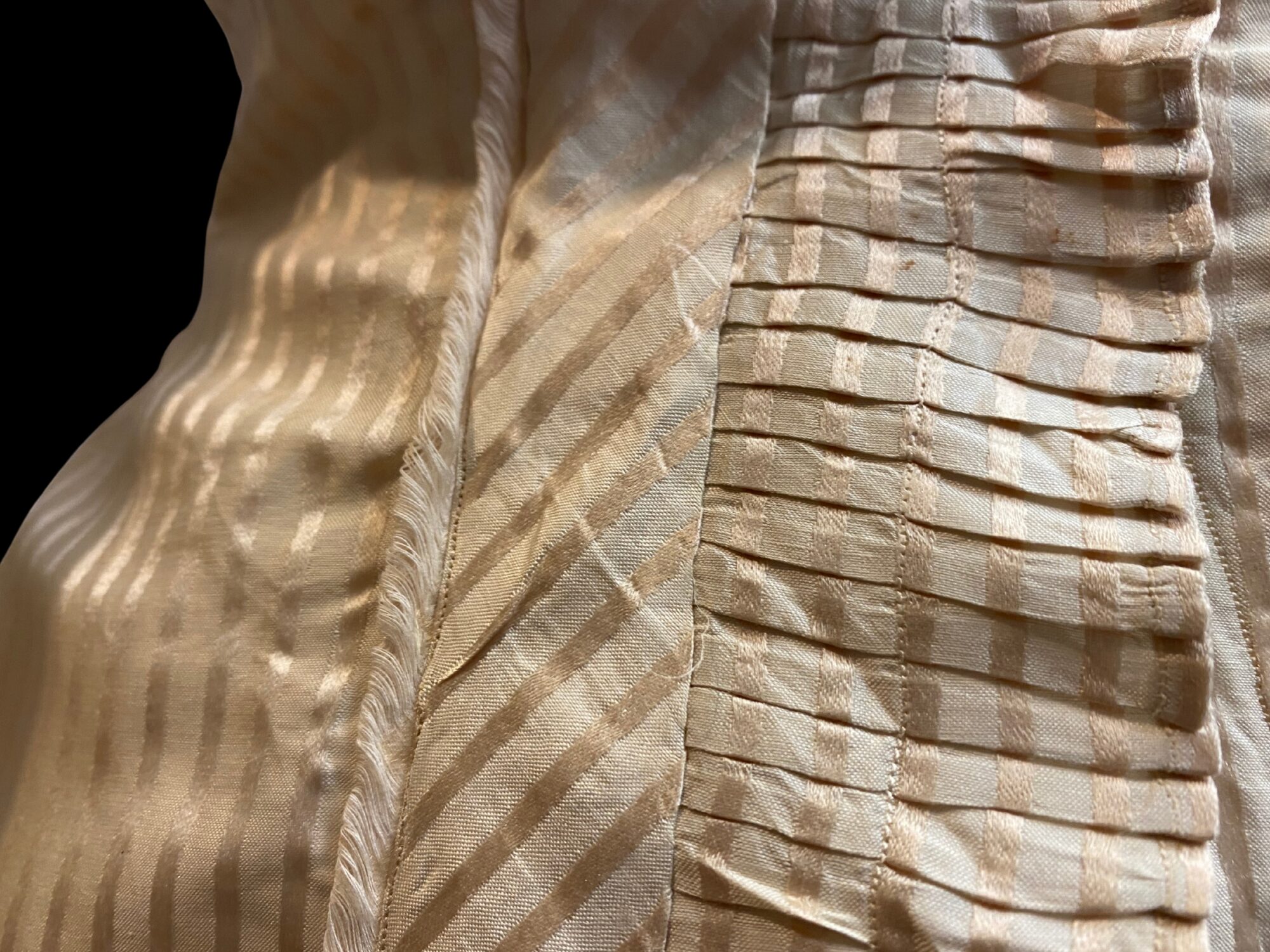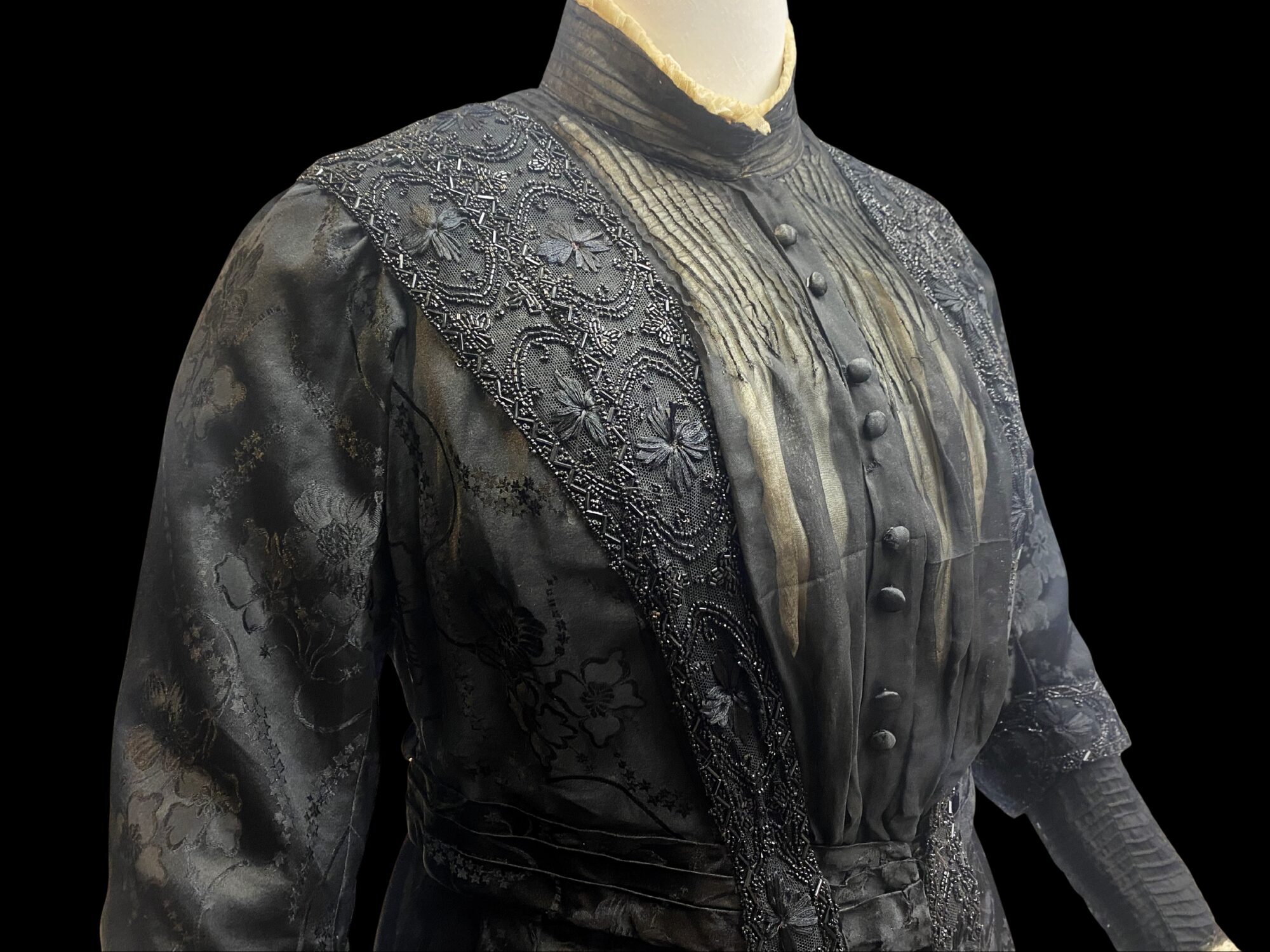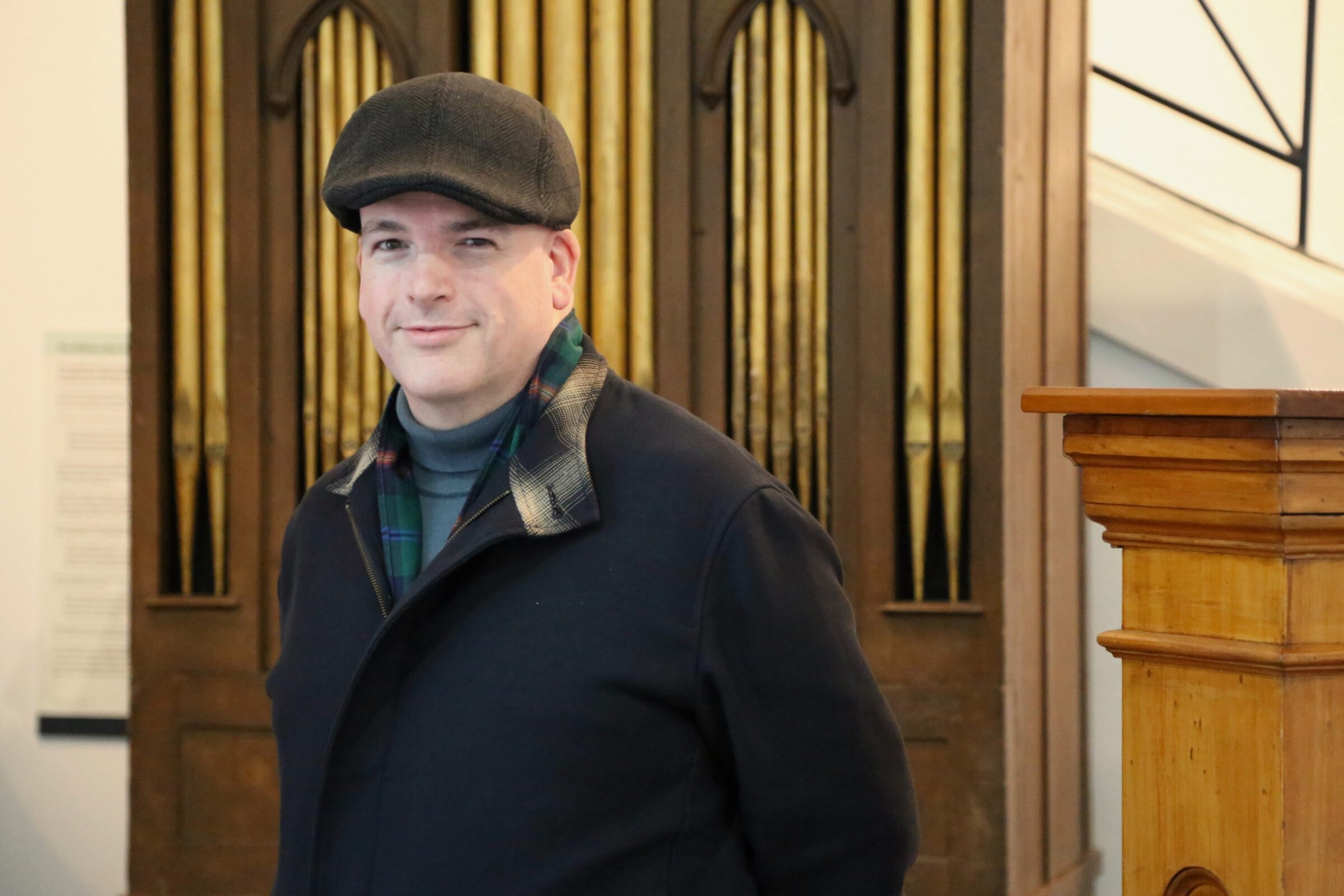Collection Stories
In 1980 a much-loved institution on the Whanganui cultural landscape, the RSA Little Theatre, pulled its final curtain. The theatre was set up by returned servicemen and their wives after their return from service in World War II. It was a subsidiary of the Returned Services Association, hence the name.
This was not the first time in Whanganui history that a theatre had been set up by soldiers. In 1857 soldiers of the 65th Regiment stationed here established the first theatre, where the all-male casts delighted residents with their histrionic talents.
In 1953 with the help of the RSA, the theatre group purchased a house on Wicksteed Street. Over the following three years the membership of the theatre worked with architect L S Barsanti to convert the house to a theatre. It was formally opened in October 1956 by the then Mayor E A Milward.
Due to its popularity an addition was added to the building in 1962. In the meeting minutes of 1965, the theatre committee reported they had a busy year with four major productions, twelve one act plays, and two British Drama League Festival plays. They had a large active membership with 258 either acting or working backstage. Play readings were well attended, but the introduction of TV was starting to influence audience numbers.
Disaster struck in June 1966 when a fire extensively damaged the theatre. Fundraising for a new building on the same site started almost immediately with cake stalls and dinner theatre. The theatre community in Whanganui rallied round and RSA Little Theatre, allowing them to put on plays that were already planned for production in their own buildings. A new theatre again designed by LS Barsanti was built and in operation by 1968.
In the early 1970s Whanganui residents had their pick of theatre entertainment from at least four theatre groups composed of amateur and professional actors. The effects of TV and the end of the “six o’clock swill” added to the demise of audience numbers and the resulting decline of economic viability. In 1980 the RSA Little Theatre closed. The building was taken over by the what would become known as the Wanganui Brass Band, and is now home of the Whanganui Martial Arts Centre.
Theatre wardrobes are regular recipients of stylish cast-offs. The Museum received an extensive collection of garments from the RSA Little Theatre wardrobe, with dresses dating from the late 1800s through to the 1970s.
The gold evening dress was designed by British fashion designer Sir Norman Hartnell. Hartnell is famous for dressing three generations of Britain’s royalty. He is best known for the intricate and lavishly decorated gowns he created for Queen Elizabeth II including her wedding and coronation gowns, but he also clothed the Queen Mother, Queen Mary, and other celebrities including Marlene Dietrich and Elizabeth Taylor. The backless bodice and floor-length sweeping skirt of this gown were fashionable during the early 1930s when the cut of the dress and the shape of the body became the focus and embellishment was kept to a minimum. It is not known who originally owned the gown or when it was worn, or indeed how it made its way to Whanganui, but I am sure if it could talk it would have some good stories to tell.
By Trish Nugent-Lyne, Pou Tiaki/Collections & Curatorial Lead at Whanganui Regional Museum.
Evening gown 1930s
Made from satin-backed crepe
Designer: Sir Norman Hartnell (1901-1979)
Donated by RSA Little Theatre
WRM 1980.32.23
Photographed by Kathy Greensides
View the full-length image
Visit the museum to see the Norman Hartnell gown up close in the exhibition Pūeru Ora – Past, Present, Pose.


